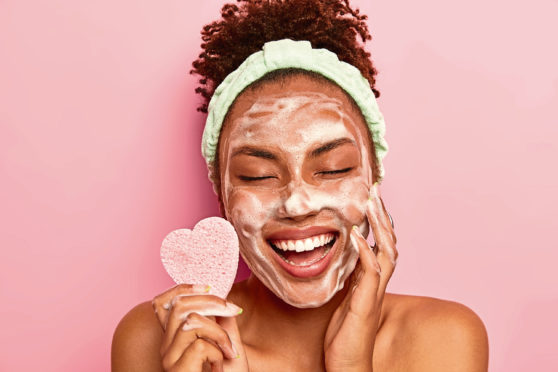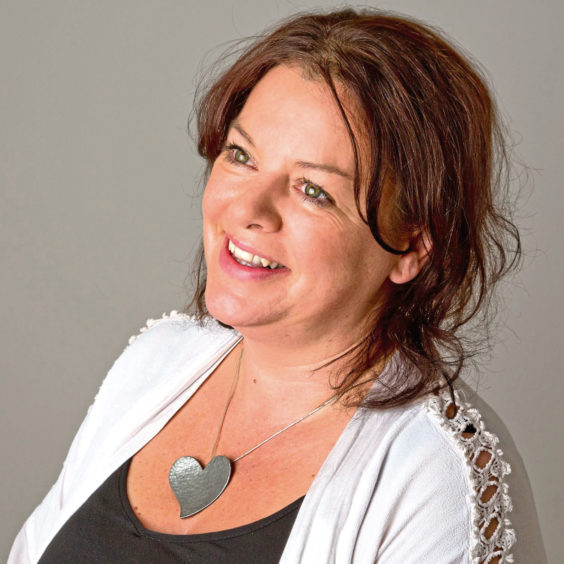
We’re always searching for the secret to perfect skin – and it seems cleansing is the answer.
In fact the golden rule, they say, is never go to bed without doing a double cleanse.
“Cleansing is the most important step in a good skincare routine but it is the step that many of us overlook – preferring to invest our hard-earned cash in serums, oils and creams to nourish, rejuvenate, brighten, restore radiance and repair damage,” says skincare expert and former MasterChef contestant Angela Langford.
“But if you apply all those lovely products on to skin that hasn’t been properly cleansed, it’s a waste of money. It’s a bit like decorating a room in your house. You know that prepping your walls will give your paint a much better finish.”
Soapy secrets
Cleansing is different from just washing our face with soap and water.
At night, it’s about removing make-up, SPF, daily grime, dirt and pollution. Cleansing in the morning is about prepping your skin for the day ahead.
But once isn’t enough. The trick, Angela says, is to double cleanse.
“This is where you essentially cleanse twice – once to remove make-up and your SPF, the second to cleanse your skin,” she says.
“So you might use a make-up remover, cleansing oil or cleansing balm first. Then follow with a second cleanse to clean your skin – and also take some time to massage your skin when you do this cleanse.”
Skincare recipe
Angela, who turned her love of cooking into the recipe for a successful natural skincare range, adds: “I always use a cleanser that you wash off with water rather than something you wipe off with a cotton pad.
“Wash-off gels are great for most skin types and are the most popular choice for oily or combination skins – they gently cleanse without stripping skin.
“Cleansing oils are great for removing eye make-up, even waterproof mascaras. Look out for cleansers that contain castor and jojoba oils – these are great for removing make-up and SPF and they bind with dirt to remove it.
“Plant-based cleansing balms are normally the richest of the cleansers.
“Whichever type of cleanser you opt for, spend a few minutes cleansing your skin; massaging using upwards, circular motions which will boost circulation and give your skin a healthy glow. And don’t forget the tip of your nose as well as your neck and décolletage.
“Always use a cleansing cloth – flannel, muslin or bamboo cloth are my preferred choice and make sure you change it every day.”
Visit angelalangford.com

Enjoy the convenience of having The Sunday Post delivered as a digital ePaper straight to your smartphone, tablet or computer.
Subscribe for only £5.49 a month and enjoy all the benefits of the printed paper as a digital replica.
Subscribe